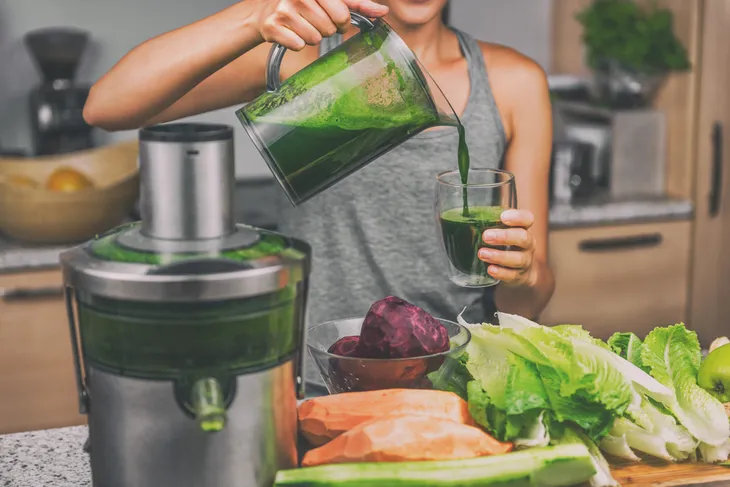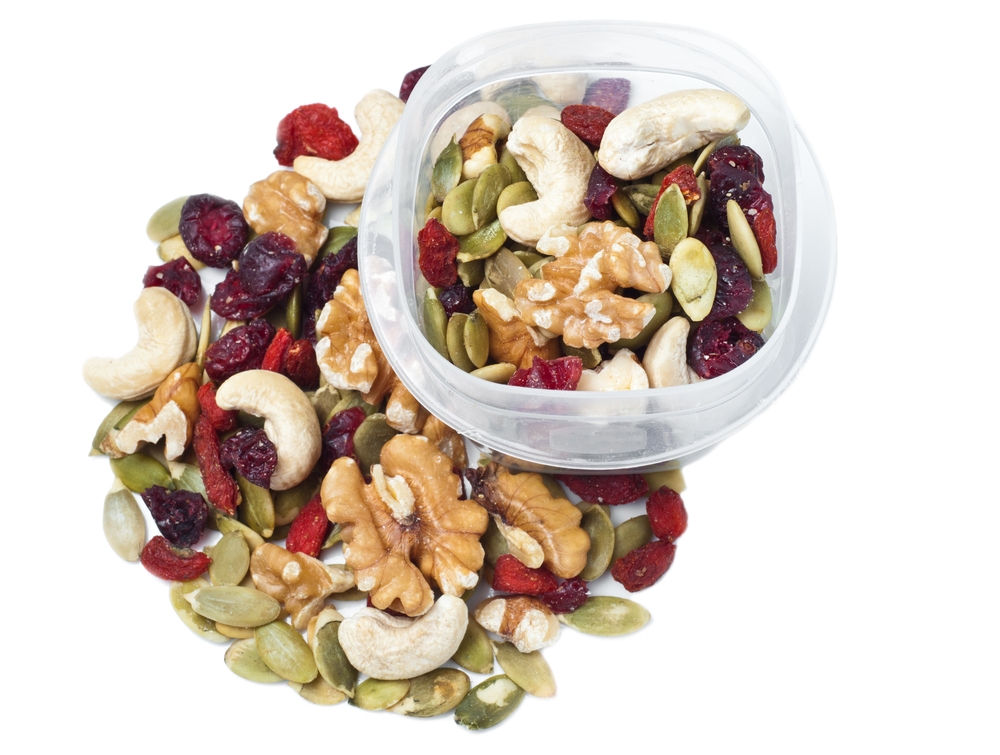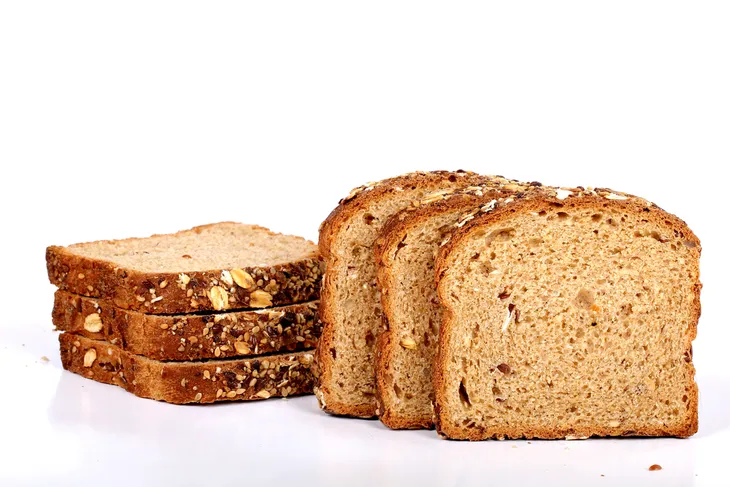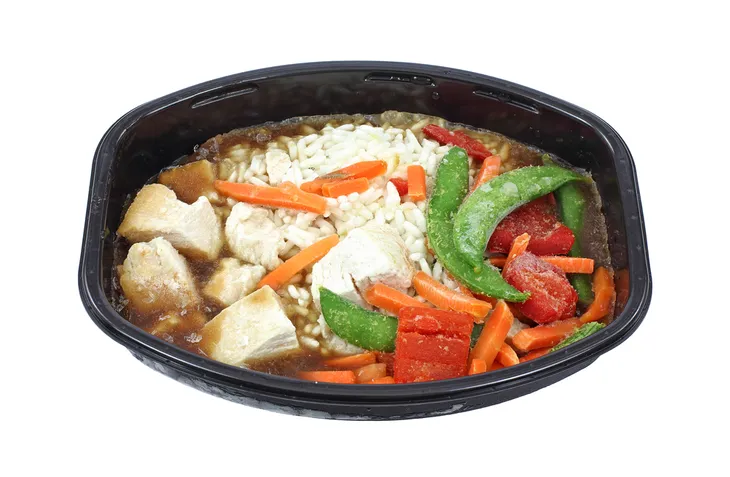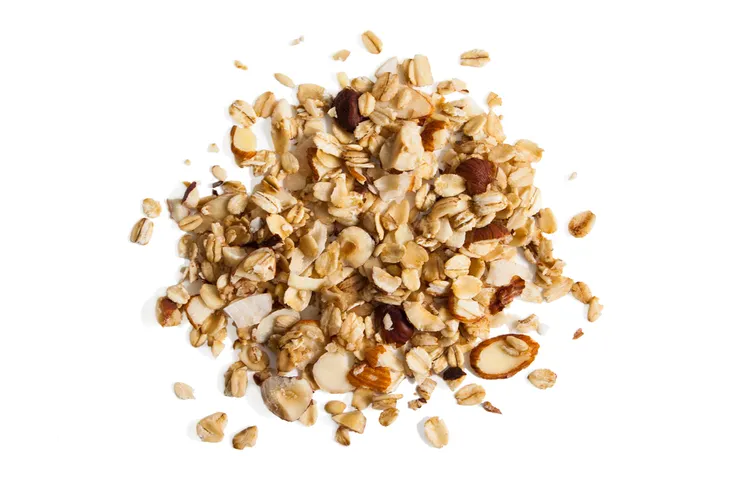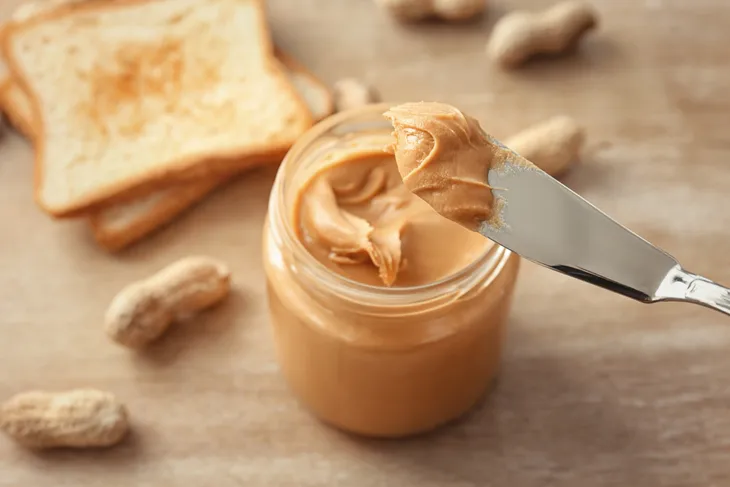Losing weight can be a difficult struggle. Changing your lifestyle and eating habits is a challenging endeavor. Eating healthy and exercising is a great start for a weight loss plan, but it might not be enough. Many packaged foods at the grocery stores contain hidden calories. Foods that are branded “healthy” or “low-fat” and “low-sugar” can be incredibly high in calories. You may be eating unhealthy foods when trying to make smart choices.
Reading the nutritional label is a great place to start when comparing “healthy” packaged foods. Always consider the portion size- a single serving portion might be divided into two on the label. Always be wary of “low-fat” foods, because they might have added sugars to keep the flavor. Likewise, “low-sugar” foods may have sugar alternative products added, and some of these products are quite controversial.
Eating whole, unprocessed foods can be a hidden source of calories also. Many fresh fruits and vegetables contain high levels of natural sugars. Legumes are high in carbohydrates and their calories can add up quickly.
It can be challenging navigating health foods, so here is our list of the 13 healthy foods to avoid for weight loss.
Whole Wheat Pasta
Substituting your normal white pasta for brown pasta is a great step towards a healthy diet. Unfortunately it can also be a hindrance to weight loss. Whole wheat pasta is high in carbohydrates, which digest into sugars in the body. They may also be just as many calories as your favorite white pasta brands.
Julie Ching, registered dietitian says, “It’s best to read the nutrition food label to determine which is the best option for you.” However, if you want to forgo pasta completely, a good replacement would be spaghetti squash for a low carbohydrate option.
Multi-Grain Bread
Multi-grain breads may sound healthy, but you could be missing out on vitamins and minerals. The grains may be over processed, stripping them of their nutrients and fiber. Instead, opt for a whole grain bread. This bread will be higher in fiber, more filling, and more nutritious for you. “Read the label before you completely toss out the multi-grain bread as a lot of multi-grain is also whole grain,” says Ching.
Sourdough bread is another one that has some amazing health benefits, so you don’t have to live without white bread.
Frozen Dinners
Frozen “healthy” dinners are a very dangerous choice when you’re trying to lose weight. They may be low in fat or sugar, but they are full of junk. It can be easy to be suckered into the convenience of microwave meals. Some public favorite frozen meals are over 1000 calories a serving! Instead, make leftover portions from dinner and reheat them for lunches. This way you know exactly what went into your food.
100 Calorie Snack Packs
Fixed calorie portion snack packs are paraded as a great way to enjoy treats in a controlled manner. Unfortunately, the nutritional content of these products is horrible. They’re unhealthy food packaged in a way to make you think it’s good to eat them regularly. Remember these foods are just treats and shouldn’t be consumed every day.
Sugar Free Products
Sugar free products may be lower in calories, but they can contain unhealthy sugar alternatives. Some studies have found that your body may actually process fake sugar as if it were real, raising your insulin levels. There are many different sugar alternatives and each carry their own risk. Do your research and know what you’re consuming.
Granola
Granola is a delicious topping to desserts, yogurts, and cereals. It is usually made from oatmeal, so you may think it’s a healthy product. Unfortunately it is also made with plenty of sugar and butter. Granola is surprisingly high in calories due to these additions. If you want a crunchy topping for yogurt, bran cereal is a great option. It is made from fiber and will keep you full for a long time.
Tropical Fruit
Fruit is a great choice for snacks when trying to lose weight, but they can have hidden calories. Tropical fruit in particular is high in sugar. Mangos and ripe pineapple are delicious but they should be eaten in moderation. When shopping for fruit, look for varieties full of soluble and insoluble fiber. Apples are an amazing option because they are lower in calories and packed full of fiber. Eating an apple a day really will keep the doctor away.
Peanut Butter
Peanut butter is full of healthy fats, but it is also packed with calories. One tablespoon of peanut butter can set you pack almost 200 calories. Many popular store bought varieties also have added sugar. Look for all natural, no sugar added products. Check the label for ingredients. These varieties have a different flavor and may take some getting used to, but their nutrition is much better than the sugary types.
Trail Mix
Trail mix makes a great snack if you’re hiking, but it might not be the best choice if you’re not physically active. The nuts in trail mix are high in calories and it can be easy to over indulge. Many trail mix varieties also include chocolate and candy, which are unhealthy. You can easily make your own trail mix by mixing together low calorie nut varieties, no sugar added dried fruit, and meat jerky.
Low Fat Ice Cream
Lower fat ice creams may not mean lower calorie. Check the nutrition labels to see how many calories will be in one serving. Many low fat varieties include great amounts of sugar, with some being more than double the full fat versions. If you’re trying to lose weight and are craving ice cream, try blending frozen bananas. They come out creamy and delicious, and will save you from processed foods.
Restaurant Entree Salads
When you’re trying to lose weight, ordering the salad might seem like the smart choice of action. Actually, you may be eating more calories with your salad than if you had just ordered the burger. Salad dressings are packed with unexpected calories. Salad toppings can also include some hidden calories, with dried fruit and nuts being common. Look for low calorie dressing options, and be cognizant of what toppings you include. Ching recommends asking for dressing on the side so that you know exactly how much you’re eating.
Protein Bars
Protein bars may seem like the perfect option when you’re on the go and don’t have time to rest for lunch. Not all protein bars are made equal- some are just as unhealthy as candy bars. First, look at the calorie content. If it’s a meal replacement, then 350 calories or more is a good range. If it’s a snack bar, look for something lower. Second, check out the protein content. A meal replacement should have at least 10 grams of protein. If it’s only 3 grams, you may as well be eating a candy bar.
“Be careful when you read the ingredients in the protein bars as many of them include sugar, but ask it as fiber. Generally, I recommend if you can not pronounce the ingredients, or there’s more than four or five ingredients for the protein bar, than you’re probably better off eating something else,” says Ching.
Vegetable Juice Blends
In our rushed lifestyles, getting you 6+ servings of fruit and vegetables a day can be difficult. Vegetable juices may seem like an easy option for filling in a deficient diet. Some varieties even come tasting like fruit juices. As always, check the label. You could be drinking your total daily salt requirement in one serving.
The fruit juice varieties can also have added sugar to mask the flavor of the vegetables. Look for 100-percent juice varieties and drink them in moderation. “Many juices and juice blends have as much sugar as a can of coke, so it really doesn’t help,” adds Ching.
